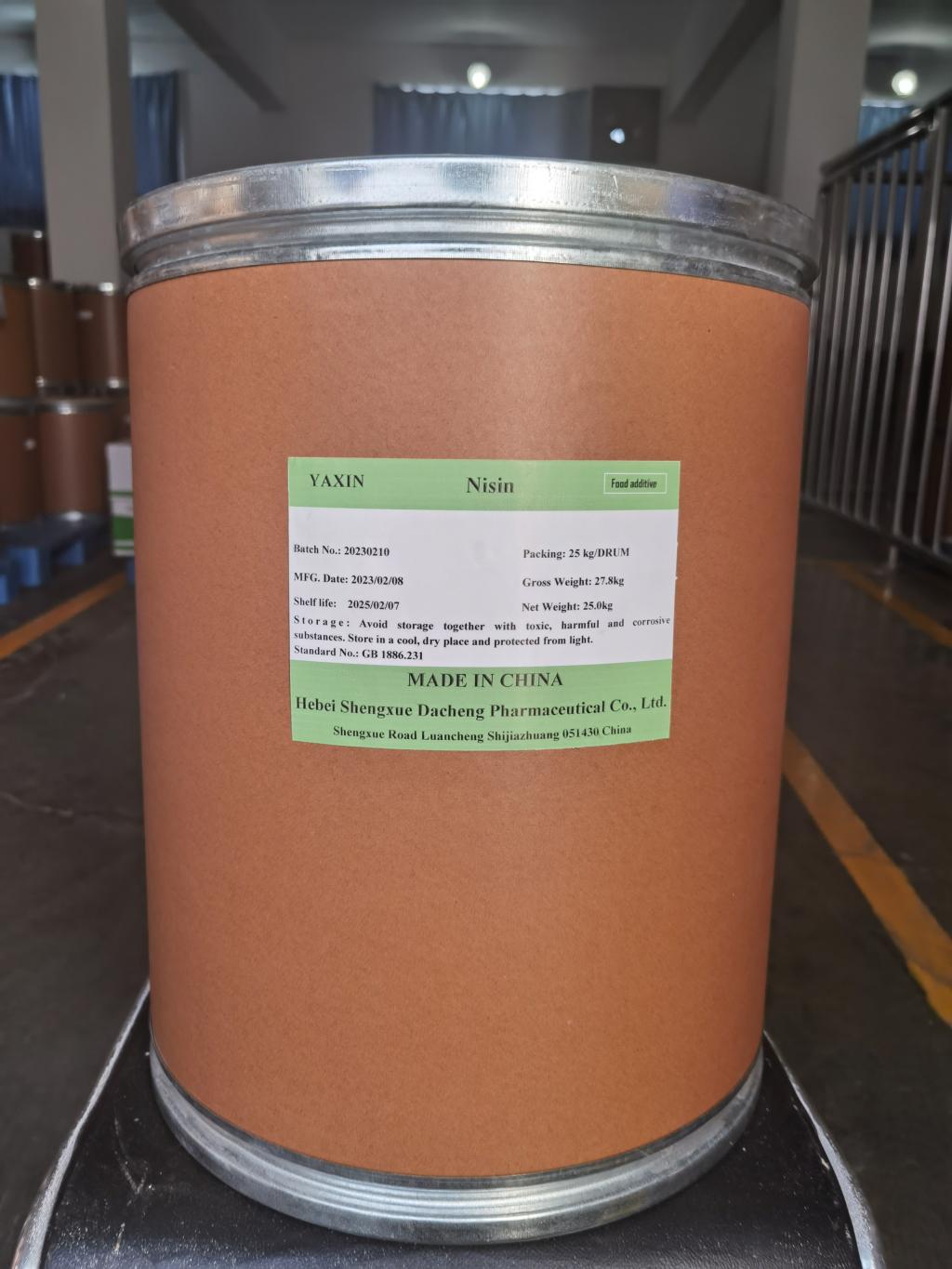Tel:+8618231198596

News
 CONTACT
CONTACT
 CONTACT
CONTACT
- Linkman:Linda Yao
- Tel: +8618231198596
- Email:linda.yao@dcpharma.cn
- Linkman:CHARLES.WANG
- Department:Overseas
- Tel: 0086 0311-85537378 0086 0311-85539701
News
The Art of Fermentation: Nisin's Contribution to Culinary Traditions
TIME:2023-12-11
I. Fermentation: A Historical Tapestry of Culinary Traditions
A. Origins of Fermentation
The origins of fermentation can be traced back thousands of years, with ancient civilizations harnessing the transformative power of microorganisms to preserve and enhance the flavor of food. From the pickled vegetables of China to the sauerkraut of Germany, fermentation has been woven into the fabric of culinary traditions worldwide.
B. Role in Food Preservation
Before the advent of modern refrigeration, fermentation served as a vital method of food preservation. The natural transformation of sugars into acids and alcohols during fermentation creates an environment hostile to spoilage microorganisms, allowing communities to store and consume seasonal produce throughout the year.
C. Flavor Development
Beyond preservation, fermentation contributes to the development of complex and unique flavors in foods. The actions of lactic acid bacteria, yeasts, and other microorganisms introduce a spectrum of tastes and aromas, elevating simple ingredients to gastronomic delights. This section will explore iconic fermented foods from different cultures and their significance in local cuisines.
II. Nisin: Nature's Guardian in Fermentation
A. Discovery and Characteristics
Nisin, a product of lactic acid bacteria, was first discovered in the early 20th century. Its unique characteristics, including stability across a range of pH levels and resistance to heat, make it an ideal candidate for preserving fermented foods. This section will delve into the properties that distinguish nisin in the world of food preservation.
B. Mechanism of Action in Fermentation
The primary mechanism of action of nisin involves disrupting the cell membranes of Gram-positive bacteria, a group that includes many common foodborne pathogens. In the context of fermentation, nisin acts as a natural guardian, preventing the proliferation of undesirable microorganisms and ensuring the success of the fermentation process.
III. Nisin in Dairy Fermentation
A. Cheese: A Symphony of Bacterial Cultures
The world of cheese is a testament to the intricate dance of microorganisms in fermentation. Nisin's role in cheese-making, particularly in the inhibition of harmful bacteria, contributes to the safety and quality of various cheese varieties. This section will explore the partnership between nisin and lactic acid bacteria in crafting the rich tapestry of cheese flavors.
B. Yogurt: Probiotics and Preservation
Yogurt, a beloved fermented dairy product, relies on the synergy between lactic acid bacteria and nisin-producing strains for its production. Beyond preservation, nisin's involvement in yogurt fermentation introduces potential health benefits, as the peptide may contribute to the creation of a probiotic-rich environment.
IV. Nisin in Vegetable Fermentation
A. Sauerkraut and Kimchi: Fermented Cabbage Delights
The fermentation of cabbage to produce sauerkraut in Europe and kimchi in Korea showcases the versatility of nisin. This section will explore how nisin contributes to the safety and flavor development of these iconic fermented cabbage dishes, each rooted in its cultural context.
B. Pickles: Nisin's Crunchy Partners
In the world of pickles, whether cucumbers or other vegetables, nisin plays a pivotal role in ensuring the microbial stability of the brine. This section will explore the delicate balance of flavors in pickled vegetables and the role of nisin in preserving the crisp texture that defines a perfect pickle.
V. Contemporary Applications and Innovations
A. Fermentation Revival: The Modern Food Renaissance
The recent surge in interest in fermented foods aligns with the broader culinary revival centered on traditional and artisanal practices. Nisin's role in this resurgence goes beyond its historical contributions, as contemporary food enthusiasts and chefs experiment with fermentation to create unique and flavorful products.
B. Nisin in Craft Brewing and Fermented Beverages
The craft brewing movement has embraced fermentation as an art form, with nisin contributing to the microbial landscape of beers and other fermented beverages. This section will explore how nisin aids in controlling spoilage microorganisms, ensuring the quality and safety of these artisanal libations.
VI. Future Trends and Considerations
As the appreciation for fermented foods grows, the article will discuss future trends and considerations in the use of nisin in fermentation. This may include advancements in fermentation technology, innovations in product formulations, and the exploration of nisin's potential in emerging food trends.
Conclusion:
The art of fermentation is a timeless expression of human ingenuity and culinary creativity. Nisin, as a natural antimicrobial peptide, has been an indispensable ally in the evolution of fermented foods, safeguarding traditions while contributing to the development of contemporary culinary delights. This article has journeyed through the historical tapestry of fermentation, exploring the symbiotic relationship between microorganisms and the unique role of nisin in preserving and enhancing the flavors of fermented foods. As we savor the diverse array of fermented delicacies that grace our tables, we celebrate not only the traditions of the past but also the promising future that nisin continues to shape within the ever-evolving world of culinary arts.
- Tel:+8618231198596
- Whatsapp:18231198596
- Chat With Skype







